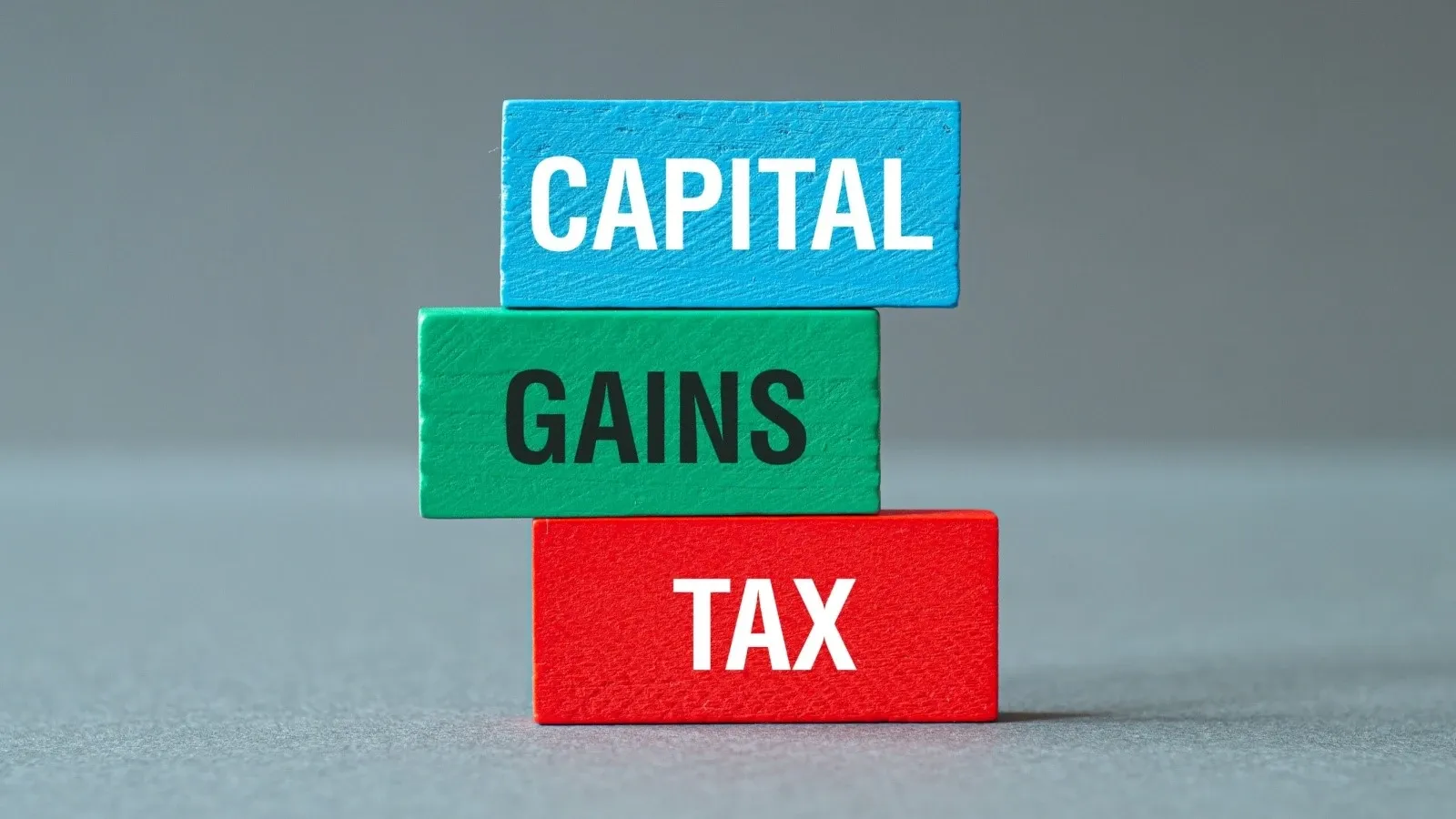What is Adjusted Closing Price and How to Calculate it?
Written by Upstox Desk
Published on October 28, 2025 | 5 min read

Summary
The adjusted closing price is the historical summarization of a stock and the impact of various corporate events like dividends or split on the stock. The adjusted closing price is a critical tool for analysts and investors to accurately gauge the performance of a stock over time. This article helps you understand the basics of adjusted closing price and how it is calculated.
The adjusted closing price is also known as the adjusted close or simply as the adjusted price. Various corporate actions and events can affect the stock's value. The Adjusted closing price is the modification made to a stock's closing price in consideration of those changes. In stock market analysis, the adjusted closing price is used as a metric to track the performance of a stock over a period accurately. This is especially helpful when accounting for factors like dividends, stock splits, and others.
How to calculate the adjusted closing price?
To calculate the adjusted closing price, you need to take the raw closing price and adjust for the following corporate actions or events:
- Dividends: When a company pays dividends to its shareholders, its stock value is reduced. This must be adjusted so that the historical performance of a stock accounts for the impact of the paid dividends. To reflect this, the adjusted closing price of the stock is simply adjusted downward to match the dividend on the ex-dividend date.
- Spin-offs and Mergers: These events have a significant impact on the value of a stock. Again, they need to be accounted for to ensure that the historic stock performance remains accurate. This can be achieved by adjusting the adjusted closing price accordingly.
- Stock Splits: A stock split, or the simultaneous increase in the number of shares while reducing the price of each share has a direct impact on the adjusted closing price of the stock. To account for this, the adjusted closing price must be adjusted upward. For example, halving the adjusted closing price for each share before the split is recommended if a 2-for-1 stock split occurs.
- Other Corporate moves: Any other corporate actions such as special dividends or rights offerings can affect the stock's value and may also result in adjustments to the adjusted closing price.
Now that these adjustments are made, they are applied to the raw closing prices over the trading history of the stock so we can arrive at the adjusted closing price. Once a dividend payment or a stock split is done, a formula can be used to calculate the adjusted closing price. But first, let’s understand a few common concepts.
- Previous Adjusted Closing Price- This is the adjusted closing price recorded on the previous trading day.
- Daily Return Percentage- The percentage change in the price of raw closing since the previous day's close.
- Dividend Percentage- It is calculated as the percentage of the dividend payment in relation to the stock's price.
Previous Adjusted Closing Price
Adjusted Closing Price = X
(1 + Daily Return Percentage + Dividend Percentage)
Therefore, you need the historical price data of the stock to calculate the adjusted closing price for a historical date. The information you need includes:
- Stock splits
- Dividends
- Any other corporate actions.
Many financial data providers, trading platforms, and stock market analysis tools may also get you the adjusted closing prices as a part of their historical stock price data.
With adjusted closing prices, investors and analysts can assess a stock's true performance over time. They can also account for the impact of corporate actions that can distort the raw closing price data. Now, let us understand the significance of the adjusted closing price.
Significance of adjusted closing price
The significance of adjusted closing prices in stock market research and financial analysis include:
- Accurate Historical Performance: By accounting for corporate actions such as dividends and stock splits, the adjusted closing price ensures the accurate reflection of the historical stock price data on the stock’s real performance over a period. Otherwise, it will be challenging to analyse the past performance of stocks.
- Investment Strategies: Adjusted closing prices factor in dividend payments. This is important for investors employing strategies such as dividend growth investing that have a heavy reliance on dividends as an income source. By considering adjusted closing price, these investors can assess the impact of such strategies**.**
- Risk Assessment: The precise historical perspective offered by the adjusted closing price of a stock helps investors understand how past events, including dividend payments and stock splits, may have left an influence on the performance and risk profile of the stock.
- Portfolio Management: The adjusted closing prices of holdings help investors and portfolio managers make informed decisions on whether to buy or sell a specific stock within their portfolio. This is why they track the metric to assess its overall performance.
- Dividend Considerations: Dividends play a crucial role in the investment decisions of income-oriented investors. Since the impact of dividends paid to shareholders is revealed by the adjusted closing price, it allows them to assess the total return, including both price appreciation as well as expected income from dividends.
Conclusion
The adjusted closing plays a crucial role in investment decision-making and financial analysis. The accurate reflection of a stock's true performance is crucial for investors, analysts, and traders tasked with making informed decisions about buying or selling securities. As an investor, you must understand what this stands for to finetune your trading strategy.
About Author
Upstox Desk
Upstox Desk
Team of expert writers dedicated to providing insightful and comprehensive coverage on stock markets, economic trends, commodities, business developments, and personal finance. With a passion for delivering valuable information, the team strives to keep readers informed about the latest trends and developments in the financial world.
Read more from UpstoxUpstox is a leading Indian financial services company that offers online trading and investment services in stocks, commodities, currencies, mutual funds, and more. Founded in 2009 and headquartered in Mumbai, Upstox is backed by prominent investors including Ratan Tata, Tiger Global, and Kalaari Capital. It operates under RKSV Securities and is registered with SEBI, NSE, BSE, and other regulatory bodies, ensuring secure and compliant trading experiences.

























